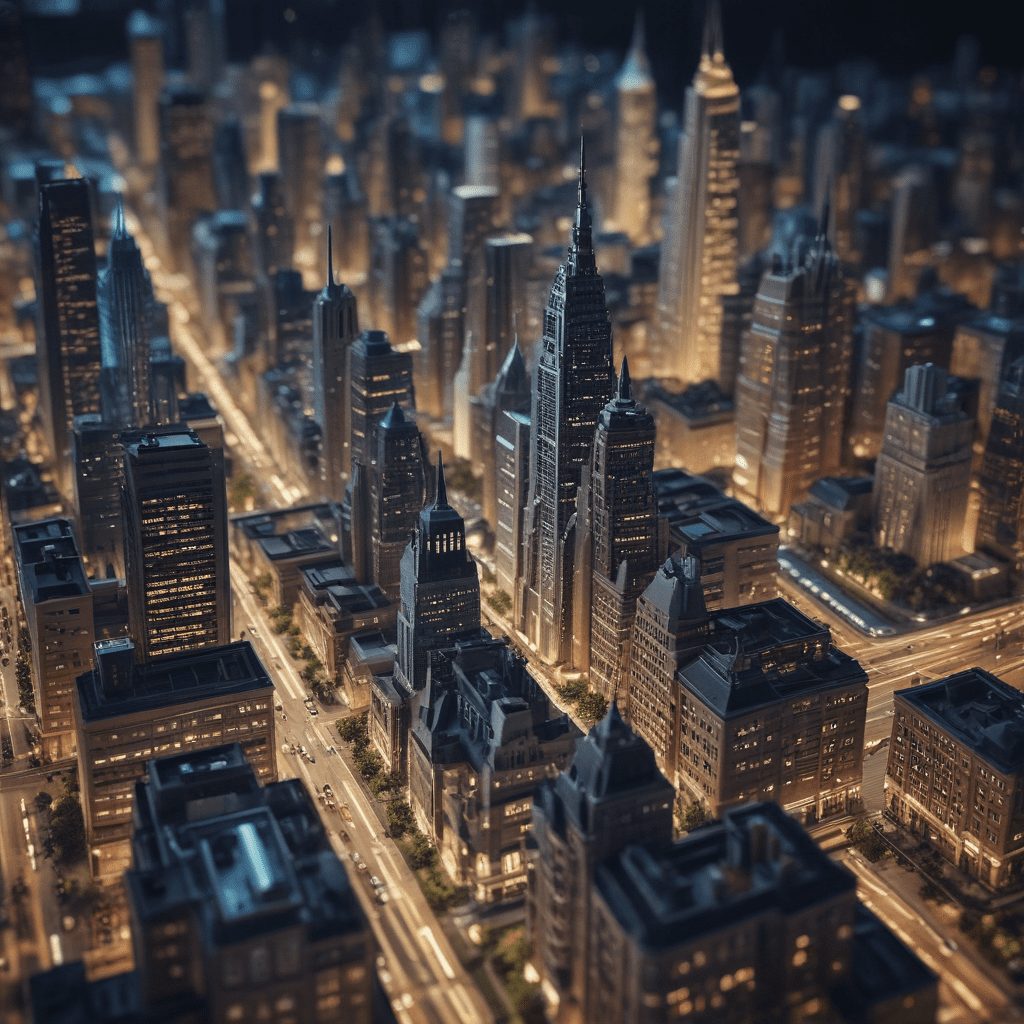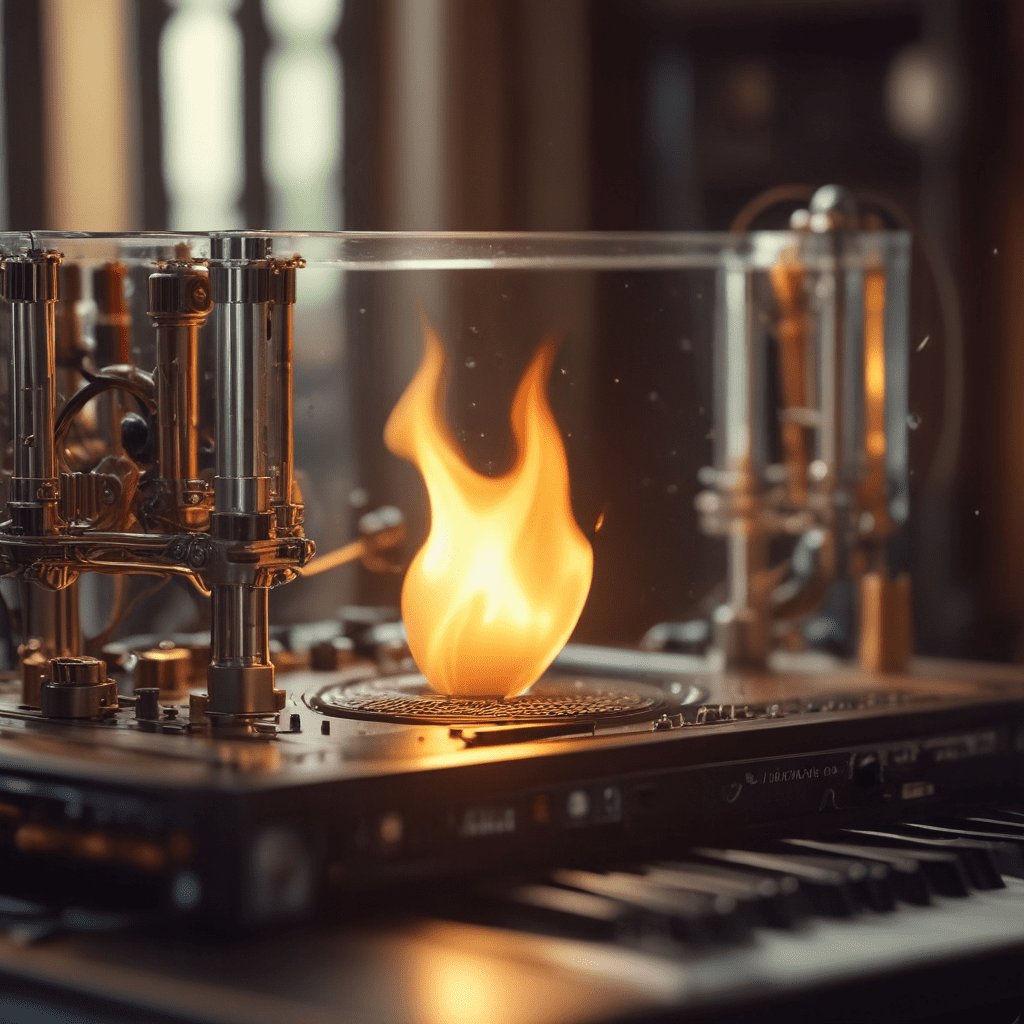1. Introduction: A New Era of Innovation
The intersection of robotics and 3D printing marks a pivotal moment in technological advancement, paving the way for a new era of innovation and efficiency across various industries. These two transformative technologies, once considered separate entities, are now converging to create a synergistic ecosystem that holds immense potential to revolutionize the way we design, manufacture, and interact with the world around us.
2. 3D Printing: The Future of Manufacturing
3D printing, also known as additive manufacturing, has emerged as a game-changer in the manufacturing landscape. Unlike traditional subtractive methods that involve removing material to create an object, 3D printing builds objects layer by layer using a digital design. This process offers several advantages, including:
2.1. Additive Manufacturing vs. Traditional Methods
- Customization: 3D printing allows for the creation of highly customized products with intricate geometries and complex designs, pushing the boundaries of what is possible in manufacturing.
- Speed: 3D printing significantly reduces lead times by enabling rapid prototyping and on-demand production, accelerating the design and development process.
- Cost Reduction: 3D printing minimizes material waste and eliminates the need for expensive tooling and molds, leading to significant cost savings, especially for low-volume production runs.
However, 3D printing also presents certain limitations:
2.2. Benefits of 3D Printing: Customization, Speed, and Cost Reduction
- Material Availability: The range of materials that can be used in 3D printing is still limited compared to traditional manufacturing processes.
- Post-Processing: 3D printed parts often require post-processing steps such as finishing and polishing, which can add time and cost to the overall process.
3. Robotics: The Power of Automation
Robotics has played a crucial role in automating and streamlining various tasks across industries. Robots are programmable machines that can perform a wide range of functions, from heavy lifting and welding to delicate assembly and inspection. The different types of robots include:
6. Challenges and Opportunities: The Road Ahead
While the convergence of robotics and 3D printing presents immense potential, there are also challenges that need to be addressed:
6.1. Integration and Standardization: Creating a Seamless Workflow
Seamless integration between robotics and 3D printing systems is crucial for optimizing efficiency and productivity. This involves developing standardized communication protocols, ensuring compatibility between different software platforms, and creating user-friendly interfaces for controlling and monitoring the entire process.
6.2. Material Development: Expanding the Scope of 3D Printing
Expanding the range of materials that can be used in 3D printing is essential for unlocking its full potential. Researchers are working on developing new materials with enhanced properties, such as strength, flexibility, and biocompatibility, to enable the creation of more complex and functional objects.
6.3. Education and Workforce Training: Adapting to the New Technologies
The increasing adoption of robotics and 3D printing necessitates a skilled workforce capable of operating and maintaining these technologies. Educational institutions and training programs need to adapt to equip individuals with the necessary skills and knowledge to thrive in this evolving landscape.
7. The Future of Robotics and 3D Printing: A Collaborative Evolution
The future of robotics and 3D printing lies in their collaborative evolution. Key trends shaping this evolution include:
7.1. Emerging Trends: AI Integration, Bioprinting, and Smart Materials.
- Artificial Intelligence (AI): Integration of AI algorithms will enable robots to learn, adapt, and make decisions autonomously, further enhancing the efficiency and flexibility of 3D printing processes.
- Bioprinting: Advances in bioprinting hold the potential to create artificial tissues and organs, revolutionizing the fields of medicine and healthcare.
- Smart Materials: Development of materials that respond to stimuli such as temperature, pressure, or light will enable the creation of 3D printed objects with dynamic properties and functionalities.
8. Conclusion: A Transformative Partnership
The convergence of robotics and 3D printing represents a transformative partnership that has the potential to reshape various industries and aspects of our lives. By addressing the challenges and harnessing the opportunities, we can unlock the full potential of this dynamic duo and pave the way for a future filled with innovation, efficiency, and endless possibilities.
9. Frequently Asked Questions (FAQ)
9.1. What are the main benefits of using robots in 3D printing?
Robots can automate repetitive tasks, improve accuracy and precision, and increase production speed in 3D printing. They can also handle hazardous materials and work in harsh environments, enhancing safety for human workers.
9.2. What are some of the challenges of integrating robots into 3D printing processes?
Integrating robots into 3D printing processes requires careful planning and coordination. Challenges include ensuring compatibility between different systems, developing robust communication protocols, and training personnel to operate and maintain the integrated system.
9.3. What are the future implications of the convergence of robotics and 3D printing?
The convergence of robotics and 3D printing has the potential to revolutionize various industries, including manufacturing, healthcare, construction, and aerospace. It could lead to the creation of highly customized products, on-demand production, and innovative solutions for complex challenges.
9.4. How can individuals prepare for the changing landscape brought about by robotics and 3D printing?
Individuals can prepare for the changing landscape by acquiring skills in areas such as robotics programming, 3D design and modeling, and material science. Staying updated on the latest advancements in these fields is also crucial.
10. Conclusion
The convergence of robotics and 3D printing marks a significant milestone in technological advancement, ushering in a new era of possibilities. By understanding the challenges and opportunities associated with this integration, we can harness its full potential and shape a future filled with innovation, efficiency, and endless possibilities.


